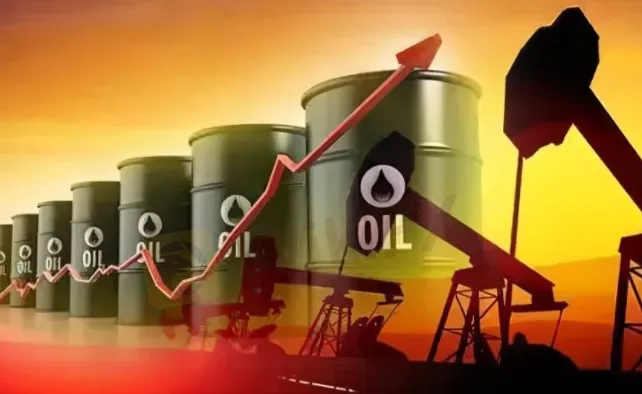简体中文
繁體中文
English
Pусский
日本語
ภาษาไทย
Tiếng Việt
Bahasa Indonesia
Español
हिन्दी
Filippiiniläinen
Français
Deutsch
Português
Türkçe
한국어
العربية
Oil heads for sixth weekly gain amid supply concerns
Abstract:Oil prices rose on Friday, set for their sixth weekly gain, amid concerns of tight supplies as major producers continue their policy of limited output increases amid rising fuel demand.

By Yuka Obayashi
Oil prices rose on Friday, set for their sixth weekly gain, amid concerns of tight supplies as major producers continue their policy of limited output increases amid rising fuel demand.
Brent crude futures climbed 45 cents, or 0.5%, to $89.79 a barrel at 0429 GMT, after falling 62 cents during the previous day. However, prices did reach $91.04 earlier in that session, the highest since October 2014.
U.S. West Texas Intermediate (WTI) crude futures rose 50 cents, or 0.6%, to $87.11 a barrel, having declined 74 cents on Thursday. WTI also reached a seven-year high of $88.54 earlier in the session.
Both Brent and WTI are set to rise for a sixth week, the longest weekly streak since October, when Brent prices climbed for seven weeks while WTI gained for nine.
This year, prices have gained about 15% amid geopolitical tensions between Russia, the world's second-largest oil producer and a key natural gas provider to Europe, and the West over Ukraine as well as threats to the United Arab Emirates from Yemen's Houthi movement that have raised concerns about energy supply.
“Where Brent crosses $90 level, we see some selling from a sense of accomplishment, but investors start buying again when the prices fall a little as they remain cautious about possible supply disruptions due to rising geopolitical tensions,” said Tatsufumi Okoshi, senior economist at Nomura Securities.
“The market expects supply will stay tight as the OPEC+ is seen to keep the existing policy of gradual increase in production,” he said
The market is focusing on a Feb. 2 meeting of the Organization of the Petroleum Exporting Countries (OPEC) and allies led by Russia, a group known as OPEC+.
OPEC+ is likely to stick with a planned rise in its oil output target for March, several sources in the group told Reuters.
An increase in oil output by producer nations cashing in on expensive crude has depleted the cushion of spare capacity that protects the market from sudden shocks and raised the risk of price spikes or even fuel shortages.
“OPEC has been struggling to increase output in line with the agreed rise in quotas ... In effect, spare capacity is at a level which may not be enough to cover any geopolitical disruptions,” analysts from ANZ Research said in a note on Friday.
“We see the market remaining in deficit in Q1 2022. With supply constraints likely to be a feature of the oil market for a while, we see markets pricing in a sizeable risk premium,” said ANZ, adding that it raised its short-term oil price target to $95 per barrel.
On the demand side, crude oil imports in China, the world's biggest importer of the commodity, could rebound by a much as 7% this year, reversing 2021's rare decline as buyers step up purchases for new refining units and to replenish low inventories, analysts and oil company officials said.
Disclaimer:
The views in this article only represent the author's personal views, and do not constitute investment advice on this platform. This platform does not guarantee the accuracy, completeness and timeliness of the information in the article, and will not be liable for any loss caused by the use of or reliance on the information in the article.
WikiFX Broker
Latest News
Geopolitical Events: What They Are & Their Impact?
Top 10 Trading Indicators Every Forex Trader Should Know
Why Do You Feel Scared During Trade Execution?
Revolut Leads UK Neobanks in the Digital Banking Revolution
Currency Calculator


